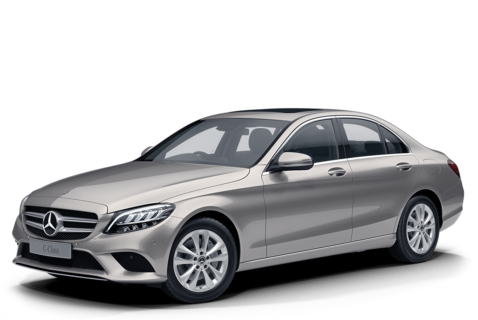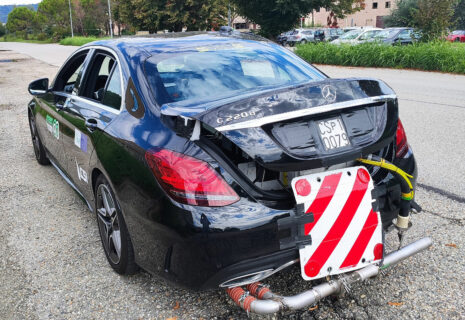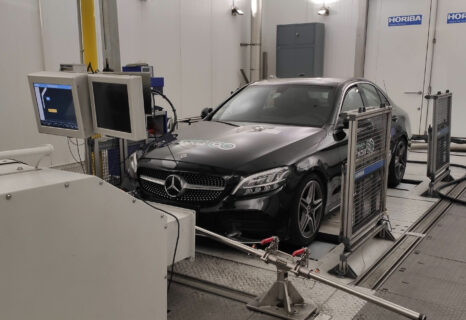Mercedes-Benz C-Class C220d 9G-TRONIC diesel 4x2 automatic
2020
52%
7.0
10
Clean Air Index
5.7
10
Energy Efficiency Index
2.9
10
Greenhouse Gas Index
| Laboratory Tests | NMHC | NOX | NH3 | CO | PN | |
|---|---|---|---|---|---|---|
| 6.910 | Cold Test | |||||
| 7.810 | Warm Test | |||||
| 5.710 | Cold Ambient test | |||||
| 8.210 | Highway | |||||
| Road test | ||||||
| 7.310 | On-Road Drive | |||||
| 5.88 | On-Road Heavy Load | |||||
| 2.75 | On-Road Light Load | |||||
| 4.05 | On-Road Short Trip | |||||
| 1.02 | Congestion | |||||
| Robustness |
| Laboratory Tests | Energy | |||
|---|---|---|---|---|
| 6.710 | Cold Test | |||
| 7.010 | Warm Test | |||
| 3.710 | Cold Ambient test | |||
| 5.410 | Highway | |||
| Consumption | Driving Range | |||
| Average | 5.3l100 km | 1258km | ||
| Worst-Case | 6.9l100 km | 955km | ||
| Greenhouse Gases | CO2 | N2O | CH4 | |
|---|---|---|---|---|
| 2.37 | Cold Test | |||
| 2.47 | Warm Test | |||
| 1.67 | Cold Ambient test | |||
| 2.17 | Highway |
Specifications
- Tested Car WDD2050141R46XXXX
- Publication Date 11 2020
- Vehicle Class Large Family Car
- Emissions Class Euro 6d-Temp
- Tyres 225/45 R18
- Mass 1,615 kg
- Engine Size 1,950 cc
- Engine Power/Torque 143 kW/400 Nm
- Published CO2 117 g/km

















































































































































































Our verdict
The C-Class has been in Mercedes-Benz's line-up, and one of its best-sellers, for many years. This is the fourth generation vehicle and is tested here with the 143 kW turbodiesel, equipped with selective catalyst reduction (SCR) and a diesel particulate filter (DPF). This after-treatment works very well, with oxides of Nitrogen (NOx) and particulates being kept under control, even in Green NCAP's more demanding tests. Turning in a fuel consumption figure of 6.9 l/100 km in the high-load highway test is a credit to the vehicle's energy efficiency. Sadly, the average index and the car's star rating are limited by the car's emissions of greenhouse gases. Here, values of Nitrous Oxide (N2O), a very potent greenhouse gas but one which is not regulated by legislation, exceed Green NCAP's limits and this drops the index in this area to 2.9. Nevertheless, the car emerges with a good 3 star rating overall.